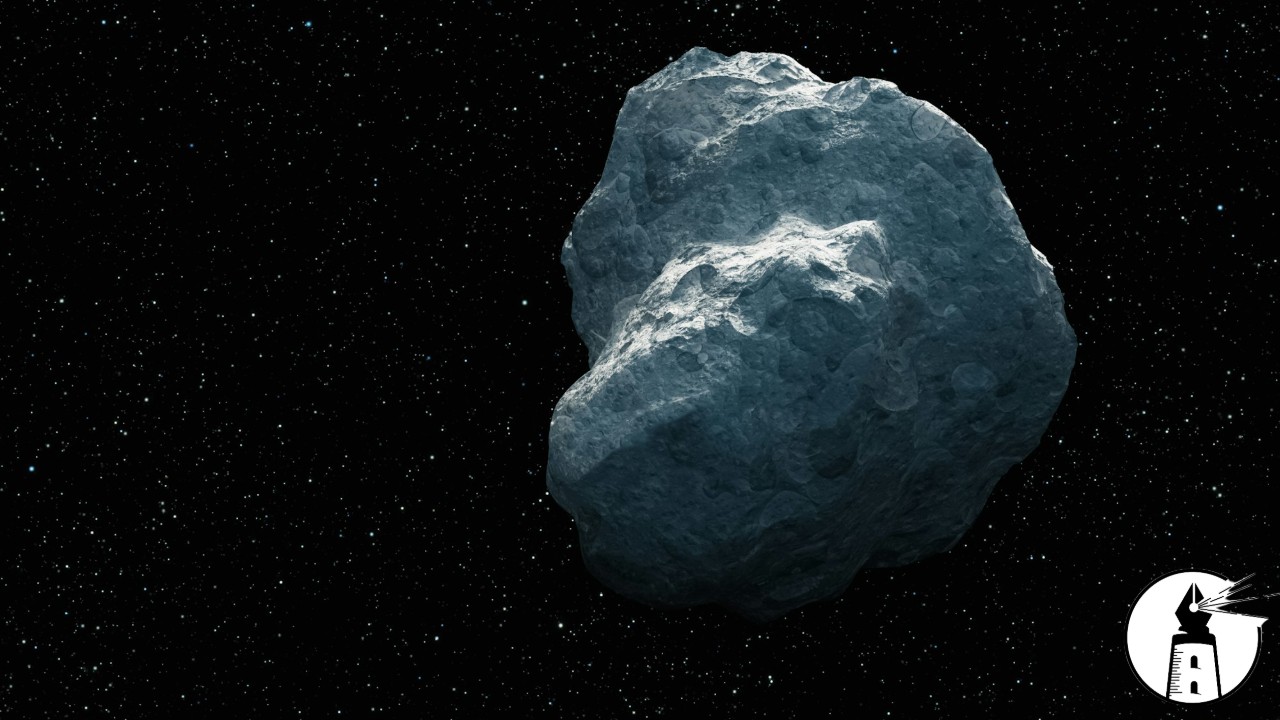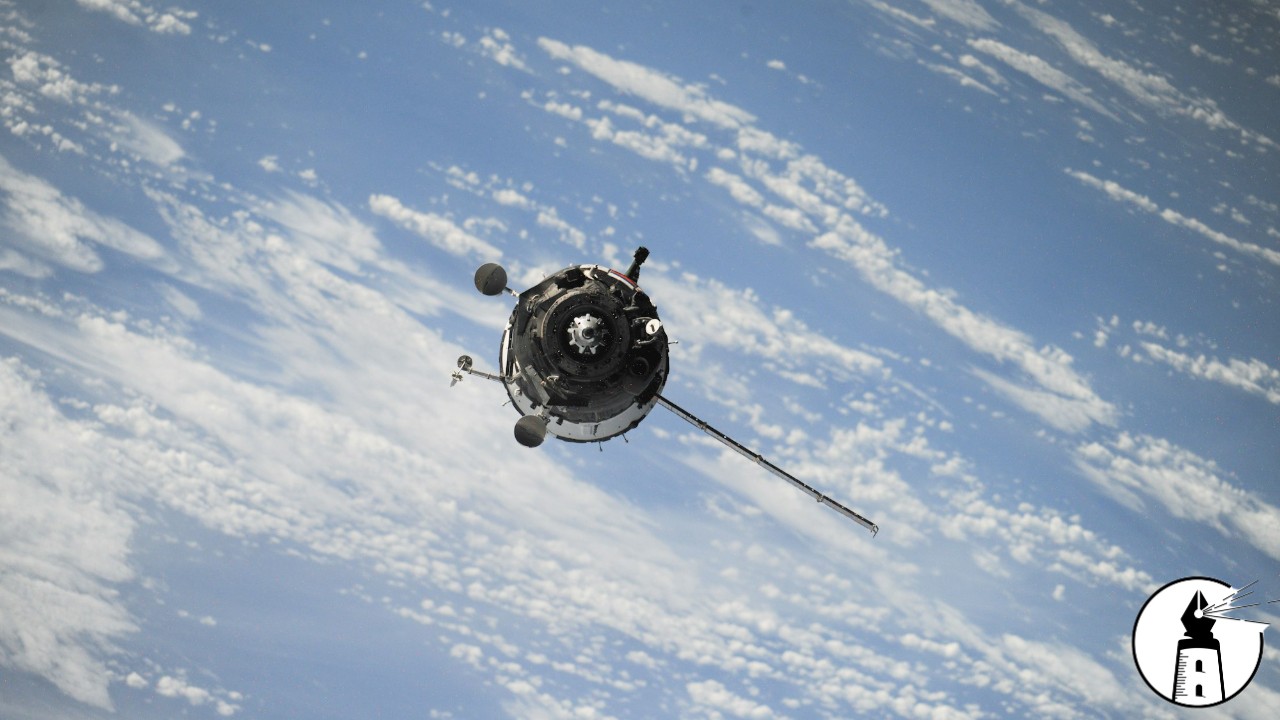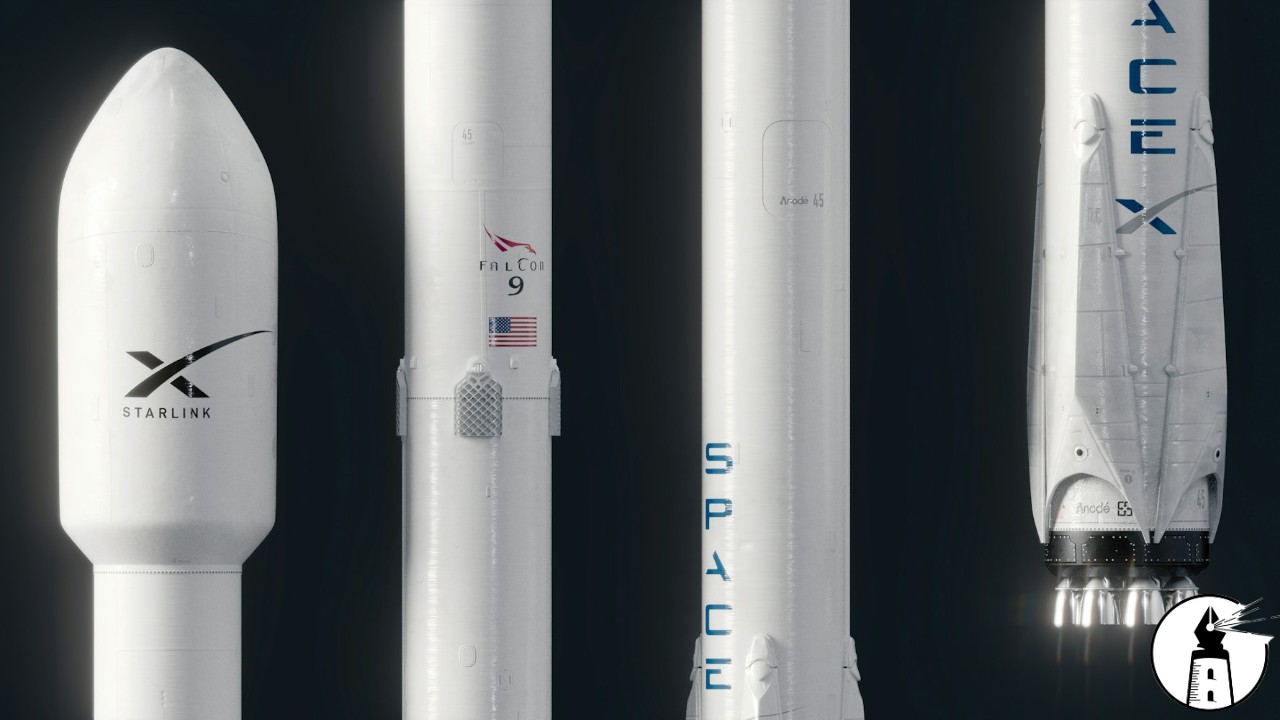New projections from NASA and international space agencies have further clarified the trajectory and characteristics of asteroid 2024 YR4, a near-Earth object that drew attention late last year when initial data suggested a small chance it could strike Earth in 2032. That possibility has now been effectively ruled out, but the asteroid’s updated path has shifted scientific focus to a different potential target: the Moon.
The object, first detected in December 2024, is now believed to measure between 174 and 220 feet in diameter, roughly the size of a 10-story building. This estimate is based on recent infrared observations from NASA’s James Webb Space Telescope, which provided significantly more accurate sizing than earlier measurements made using ground-based visible light data. The prior range of 131 to 295 feet has been narrowed considerably, reducing uncertainty about the asteroid’s composition and behavior.
While the updated data confirms that Earth faces no significant threat from 2024 YR4, researchers have increased the estimated chance of a lunar impact. The probability of the asteroid striking the Moon on December 22, 2032, now stands at 3.8 percent, up from the previous estimate of 1.7 percent. Despite the increase, experts continue to stress that the most likely scenario is that the asteroid will pass by without incident.
Even in the unlikely event of a lunar collision, the consequences would be minimal. NASA has confirmed that an impact of this scale would not alter the Moon’s orbit or significantly affect its structural stability. The Moon has been bombarded by asteroids for billions of years, and while any new crater would add to its already pockmarked surface, it would pose no threat to Earth.
The asteroid will remain observable from ground-based telescopes until mid-April, after which it will become too faint due to its increasing distance from the planet. Another round of observations is scheduled with the James Webb Space Telescope in May, which will offer a final opportunity to gather precise data before the object disappears into the outer solar system for several years.
These developments reinforce the importance of continued monitoring and analysis of near-Earth objects. While asteroid 2024 YR4 is not expected to pose a danger to our planet, the ongoing refinement of its trajectory highlights how technological advances are improving our ability to assess and respond to potential celestial threats, even those that may never make contact.
—By Greg Collier



